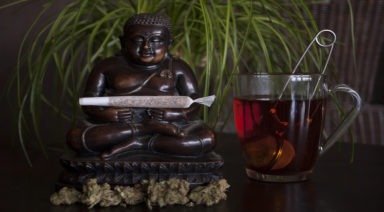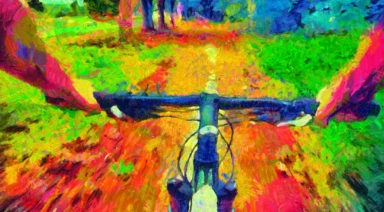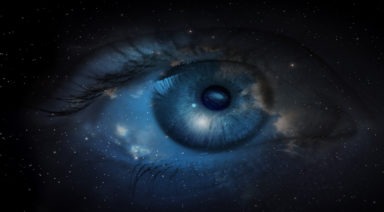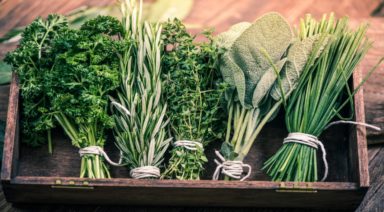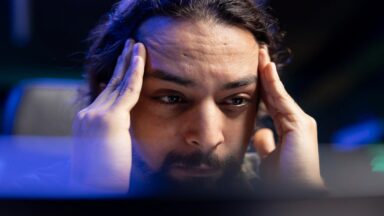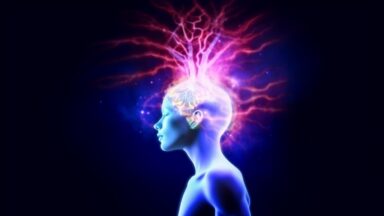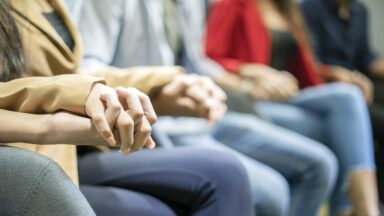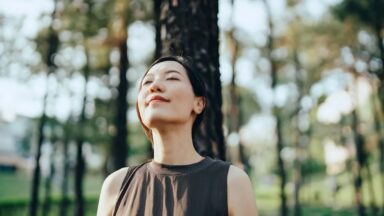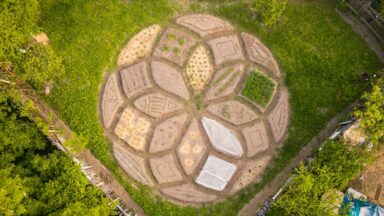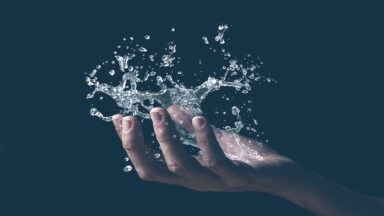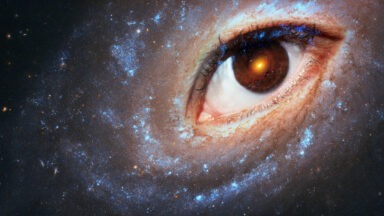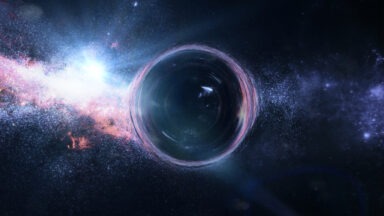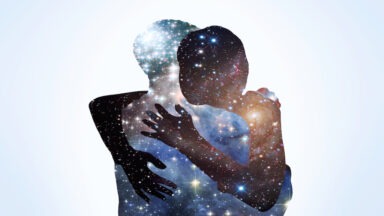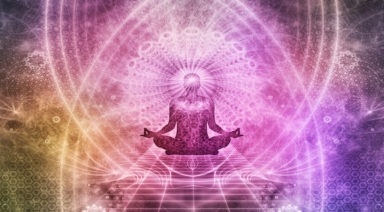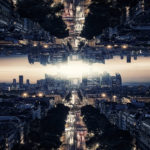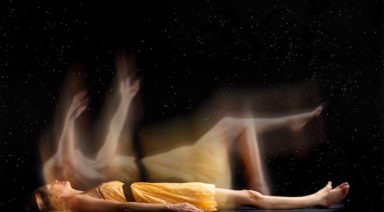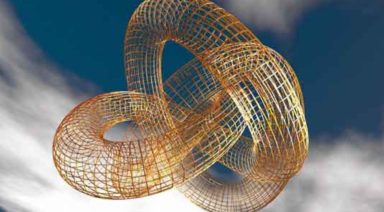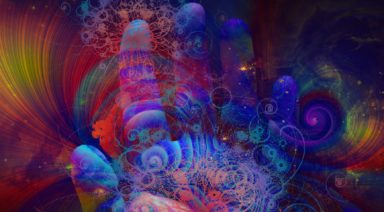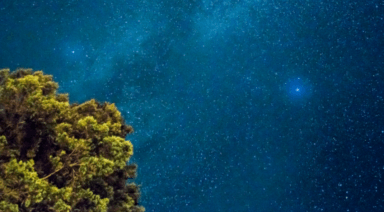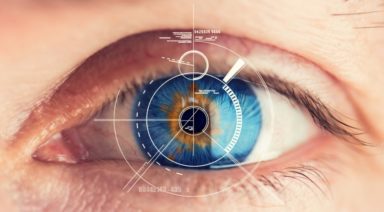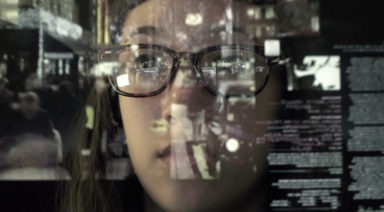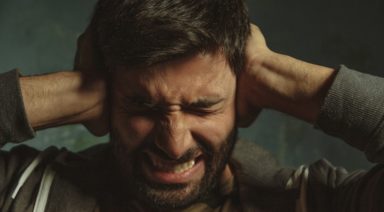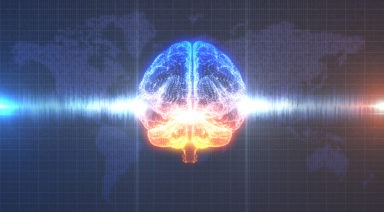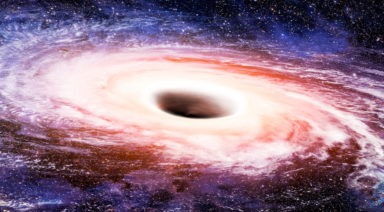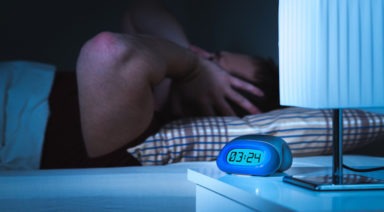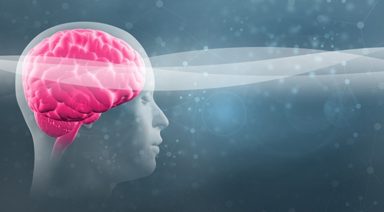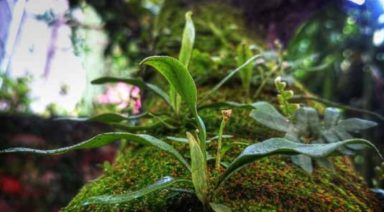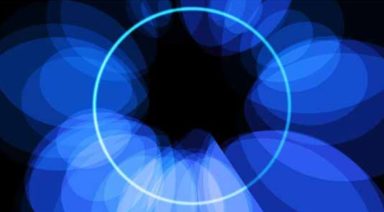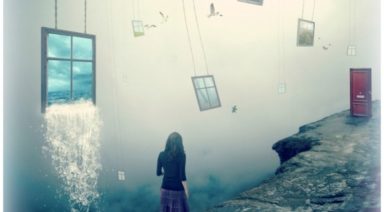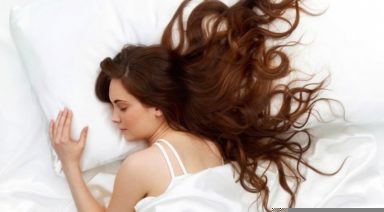Study Finds DMT Induces Trip Similar to Near Death Experience
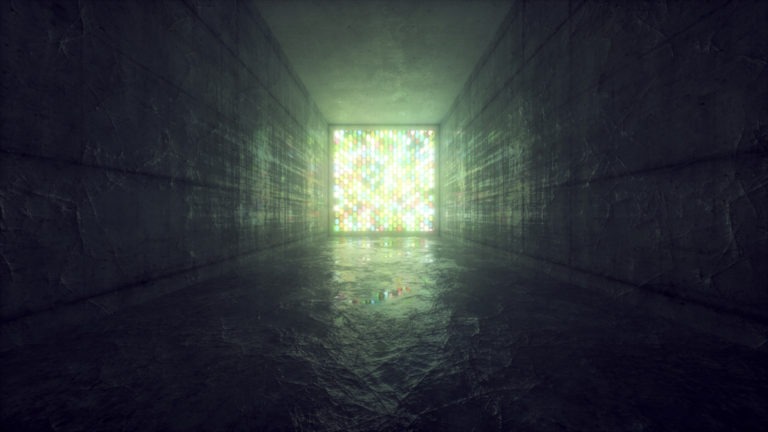
There have long been anecdotal similarities between Near-Death Experiences (NDEs) and psychedelic trips induced by Dimethyltryptamine, or DMT. Within these experiences there are uncanny parallels, including out-of-body-experiences, traveling down a tunnel toward a white light, meetings with extra-dimensional or divine entities, and a feeling of being at peace. Then upon return to reality, there is often an overwhelming sense of gratitude for simply being alive that lingers indefinitely.
And now a study conducted at London’s Imperial College has been the first to scientifically compare these resemblances.
The study, which was headed by the young impresario of the university’s Psychedelic Research Group, Robin Carhart-Harris, administered DMT intravenously to 13 participants who had prior experience using psychedelics ranging from DMT, to psilocybin and LSD.
Two traits the study tested were the commonly reported ego-dissolution and the mystical or religious experience. To qualify these highly subjective experiences, they used two standardized tests created by colleagues: The Mystical Experience Questionnaire and the Validation of the Ego-Dissolution Inventory (EDI).
In their experiment, Carhart-Harris and colleagues administered a range of doses to participants in a single-blind study over two sessions, of which one session only a placebo was given.
Their results showed that every participant rated their DMT experience above the conventional cutoff for an NDE, essentially ranking the DMT trip higher than the minimum level one might consider an experience to be an NDE. They concluded, “results show that near-death experience phenomena were significantly enhanced following DMT administration.”
Watch this episode of Psychedelica in which we explore the scientific studies being conducted with DMT: The Spirit Molecule:
The theme of death and rebirth is also rife within the ayahuasca experience. The names of the plants used to create the ayahuasca brew contain references to death, while the word ayahuasca translates to ‘vine of the dead’ or ‘vine of the soul.
Not so surprisingly, when Raymond Moody coined the phrase “Near-Death Experience” in 1975, he actually noted the comparisons between NDEs and DMT trips. Today, after four decades of clinical research and a relaxation of certain taboos, the study of DMT has revealed it is an endogenous chemical, produced in varying quantities in the lungs and in cerebral spinal fluid.
When the DMT molecule was studied in a lab by Dr. Rick Strassman – head of the first clinical study to administer DMT in the United States – he found that it minimized neuronal damage from hypoxia, a lack of oxygen in the brain. This discovery led Strassman to entertain the idea that maybe the body releases DMT in emergency situations when the brain’s oxygen supply is dwindling, producing the psychedelic NDE. Could this explain the similarities?
Watch Dr. Raymond Moody discuss Near Death Experiences on this episode of Beyond Belief:
Cannabis Spirituality: Using Plant Medicine as a Sacred Tool
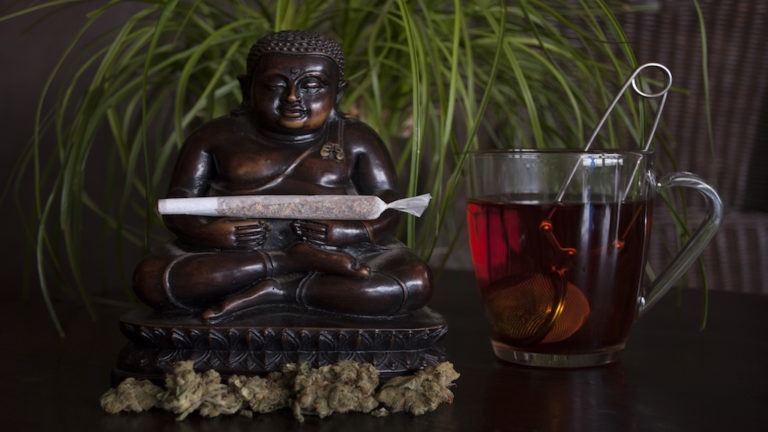
The stoner stereotype is a familiar one that transcends cultures – lazy, incoherent, silly, and just generally burnt out. But as legalization allows cannabis to be discussed maturely, that trope seems like a dying remnant of the decades-long smear campaign against a plant that can truly impact our lives, culture, and economy in a positive way. With that relaxation of stigma, society can explore a path of cannabis use for spirituality and use it as a tool for inner exploration.
Much like any other psychedelic substance, cannabis can be abused and consumed without respect to its potency, power, or healing potential. There’s virtually no harm in using it as a tool to relax and decompress from life’s daily stresses, but some might argue there’s a point of diminishing return when consuming copious amounts without the right intention.
And for religions that consider the plant sacred, this is typically their view on the use of cannabis — using it heedlessly is considered a sin or frowned upon, while using it for enlightenment or spirituality is accepted, and in some cases, encouraged.
Original Cannabis Spirituality
Cannabis has been used by certain groups as a sacrament for centuries and in some cases maybe even millennia. One of the most notable groups is Rastafarians, who use the plant for meditation and spiritual ceremonies, gathering in a “reasoning” to give praise to Jah (God), who they believe bestowed the herb to man in order to invoke thoughtful insight and self-reflection.
Rastafarians believe cannabis is mentioned in the Bible in Psalm 104:14 where it was written, “He causeth the grass to grow for the cattle and herb for the service of man….”
And in Revelation 22:2 “the herb is the healing of the nations.”
Rastafarianism believes cannabis was used as a sacrament by Moses and the Israelites. Rastas and some Jews believe the plant kaneh bosm, mentioned five times in the Old Testament, was in fact cannabis and an important sacrament for Judaism. Jewish scholars disagree on the translation, but if correct it would imply that the Hebrew Bible was originally blessed with cannabis oil.


